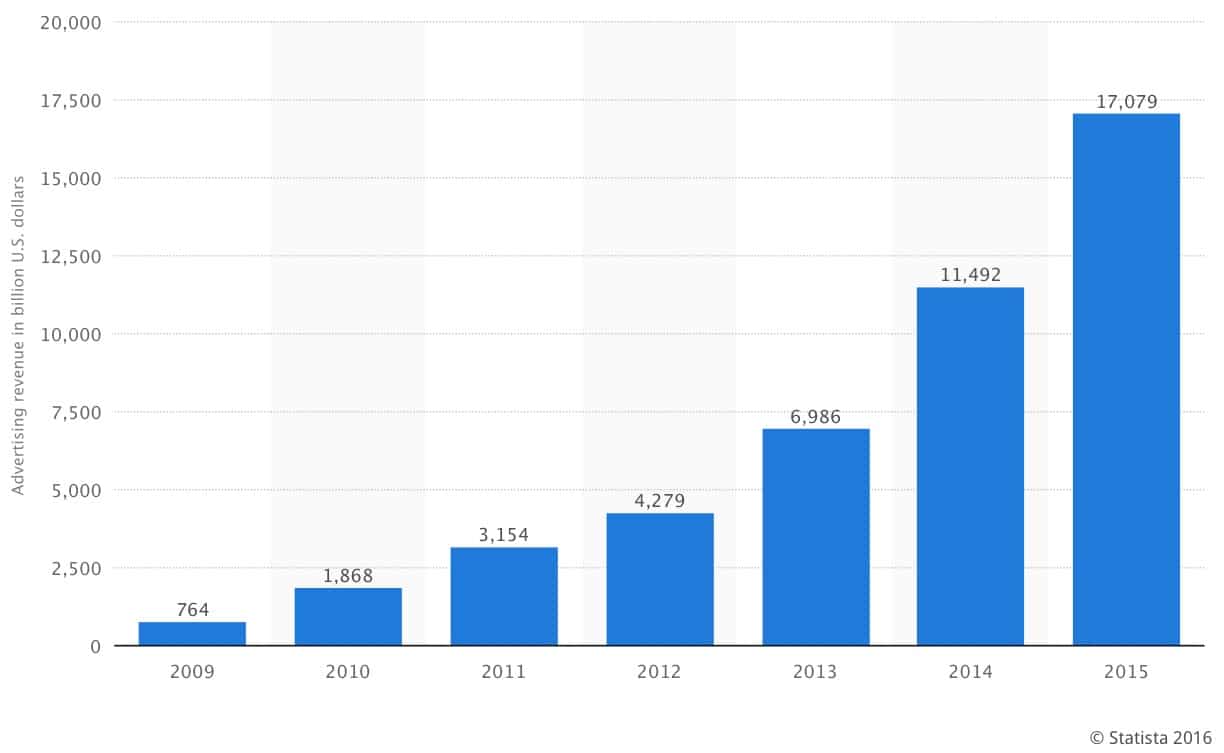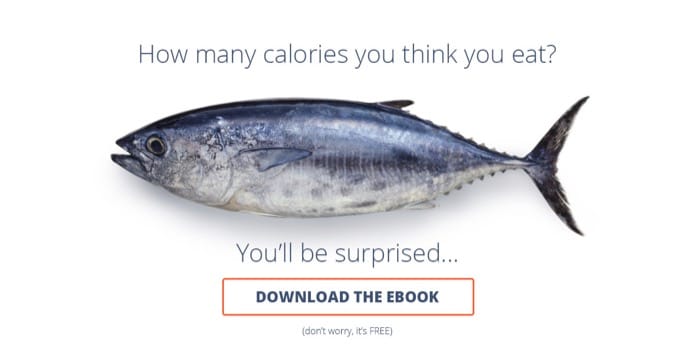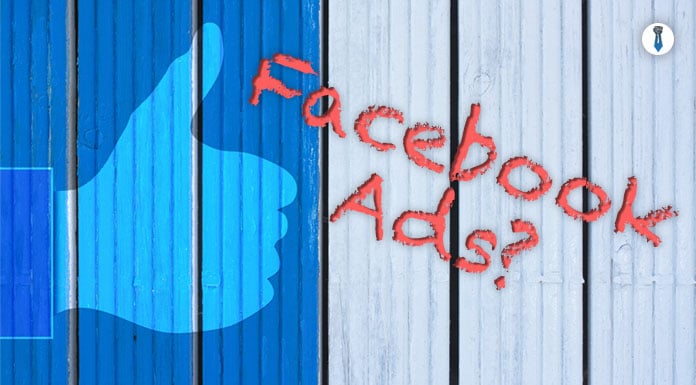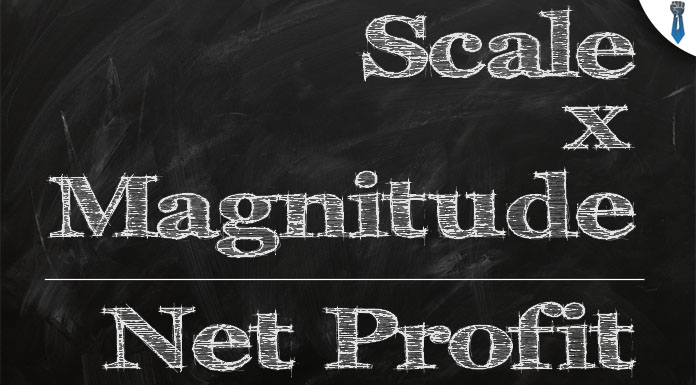Ah, Facebook advertisement. There’s so much written about it.
If I had a penny each time I hear of a new “killer” strategy for Facebook ads, I’d be a millionaire by now…
And I could play as much World of Warcraft as I’d be pleased.
But for good or for worse (actually for good, if you’re a good marketer), Facebook ads – like any other PPC ads – are not one dimensional.
We’ve seen in the previous article, how to build a big mailing list, although time-consuming, it really is a straight forward procedure. It’s not extremely complicated and even average marketers can achieve some good results.
But when it comes to Facebook advertising, you’ll need to take your game to a whole new level.
According to Statista, in 2015, more than 15 billion U.S. dollars were spent on Facebook ads. Breaking this down, we can see that in the same year, the average revenue per user was 11.96 U.S. dollars.

What this tells me, is that a huge amount of money is spent on Facebook, but where there are huge amounts of money spent, there are usually huge amounts of money to be earned.
Always measure your ROI
The main focus each time you start a new Facebook campaign is to measure the ROI. Facebook gives you an advantage on this front because you have very good analytics about your costs, CPC, CPM, etc.
Try to start small, with 5$ a day, and after you optimize your ad – in other words you know you have a positive ROI – you can turn this up and scale it to huge proportions.
When I try to measure my numbers for my Kindle Business, unfortunately due to limited Amazon analytics, I cannot be exactly sure about my ROI. Nonetheless, I know for sure that a CPC of 0.15$ is good, because I am experienced in this field, and I know that since each click to my book costs me this low, I can turn a healthy profit out of it.
I’ve tried to take my own metrics, by turning the ads to my books on and off, and then I took a look at the revenue of this particular book.
In general, this will give you a nice metric, but it won’t be 100% accurate. More like a very good estimation.
So, this is what’s all about today’s post. I wanna show you the best practices on how to build a successful Facebook campaign.
Like I said, I’ve read numerous blog posts or have watched many seminars/presentations on this, and what I’ve tried to do in this post, is to analyze the most crucial parts of a successful Facebook campaign.
Every successful Facebook ad needs to have some very specific ingredients, and this is no exception for Kindle Publishing either.
So let’s see these components one by one.
Picture
Probably the most important element of any successful Facebook ad is the main photo you are going to use.
This is what your target audience will see first. What you always need to have in mind when it comes to a good picture is that you compete for the attention of your target audience through a forest of other ads, songs, and videos (with funny cats) on their news feed.
Like a good cover that will stand out, the same thing applies to the photo of our advertisement.
When you choose a photo or graphic for your ad, always keep in mind “How can I draw the attention of these people?” It might need to be something really weird or bizarre or even impressive.
But it absolutely positive has to be something that begs for attention.
I remember a few months ago when I was designing a Facebook campaign for a SaaS with a very handy diet planner, that I’ve tried a lot of different photos until I got one that eventually converted like crazy. I managed to get a CPC of only a few cents for a US-based audience.
Wanna see that ad?

Before trying any photos, take a moment to brainstorm. Which ads have drawn your attention in the past? Which were the elements in them, that stopped you dead before them and they made you click?
Because memory is a tricky thing, whenever I see a Facebook ad, that I like, I take a screenshot of it for future reference. I would advise you to do the same.
After this brainstorming phase, try to come up with a few variations, like 3 or 4 different photos and create a separate ad for each one of them.
As a side note, try to avoid images that look very stock. People will know, and they probably won’t click your ad.
Headline
Remember when I talked about how important a solid headline is? The same logic applies here as well.
What you need to do with your headline is mainly two things. First of all make Facebook visitors curious enough to stop the scrolling and read it. Secondly, you need to say a few words about your ad/product/company/book.
That’s a lot to achieve in only a few words, but totally doable.
What you should always try to include in your headlines, are these four elements:
- Surprise and humor
- Controversy
- Curiosity
- A powerful or very specific benefit
As long as you manage to include some or all of these in your headline, you’ve got a killer combination.
Again, since you know your market and your customer persona (hopefully), it shouldn’t be too hard to come up with an intriguing headline. Try to think like your client would do. The more accurate you can get in their heads, the best your results are going to be.
Description
Again a very important one. The reason why a good description is important is because it gives you the opportunity to explain your value proposition in a few words. The Facebook ad will allow a lot more characters than in the headline. So take your time.
Try to be as descriptive and informative as possible, but in the same time try to get your reader’s mind puzzled a bit about it.
In essence, the four elements that apply in a good headline can perfectly apply for the description as well.
You can also think of the description like a headline on steroids. Try to be descriptive of the benefits of your product and at the same time try to keep it a little mysterious for the user.
Target Audience
Finally, you will need to set a specific audience for your Facebook campaign. Apart from the photo, this is in my opinion, the most important thing that will make your ad a hero or a zero.
Not only that, but it’s also the most difficult one to predict. Unless you have a product or an audience which are 100% defined, this area will take a bit of optimization until you get it to a positive ROI.
Try to take your best guesses here and come up with a few combinations of target audiences and photos.
For example for my fiction romance books, I’ve tried many combinations, and I’ve found out that targeting some other famous authors in my genre worked the best. Try to think out of the box.
Feel free to test a few different combinations of pictures/headlines/descriptions/audiences. Although the results can vary greatly, in my experience, only the photos, and the audience play a major role in the final outcome.
So unless I got really big problems with bad conversions, I always start with 3-4 pictures, 3-4 different audiences, and with one version of the best headline and description I can come up with.
This will give me about 10-12 different versions to test. Here’s a cool tool called AdEspresso you can use in order to try a lot of different combinations, pretty fast.
Here are the results I got after trying a few different combinations, for one of my fiction series on Amazon KDP.

Key takeaways
When it comes to Facebook advertising, I’d like you to always remember a few key elements. These are:
- Like with everything in life, experience plays a major role here. The more ads you create the better your return and conversion rates will become.
- Always start small. Turn a positive ROI. Then scale up.
- Try to think like your customers do. Get inside their heads and visualize what they would like to see and click on their timeline.
- Try to always combine different elements in your ads. Curiosity, Humor, Surprise and a very Specific Benefit, will vastly improve your conversions.
Have you had any experience with Facebook ads yet? What worked well and what didn’t? Let me know in the comments section below.
*As a final note, because you often ask me what is the exact methodology I use, the authors, the designers and the exact promotion techniques I utilize in Kindle Publishing, I decided to put together a thorough program, in which I explain in every detail (videos, scripts, resources), the exact same method I use to get these results.
In case you are interested, this is the program I have put together. Thanks!


